#148 Maxstoke Castle
Warwickshire, England
1345
This
is NOT an official Lego site
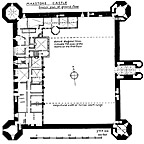 |
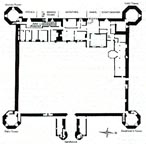 |
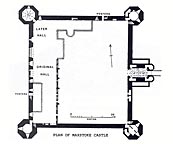 |
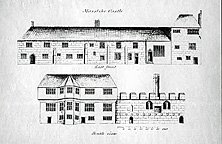 |
||||||||||||
| Plan of
Maxstoke
Castle dated 1939 |
An undated
plan of the castle |
A third plan - all show a few different things |
An undated
(but old) elevation of the west and north residential ranges |
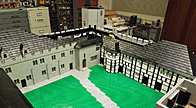 |
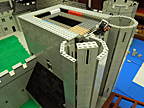 |
|
The
courtyard ranges are almost ready for minifig sized de Clyntons and their minions. |
As I wait for
the black tiles to complete the roof, work resumes on the gatehouse. |
Other Maxstoke Castle pages:
http://www.maxstoke.com/
https://en.wikipedia.org/wiki/Maxstoke_Castle
https://handedon.wordpress.com/2012/11/12/packington-hall-via-maxstoke-castle-warwickshire/
Return to the
main castle
page.
Castles created by
Robert
Carney
Page designed & maintained by Robert Carney